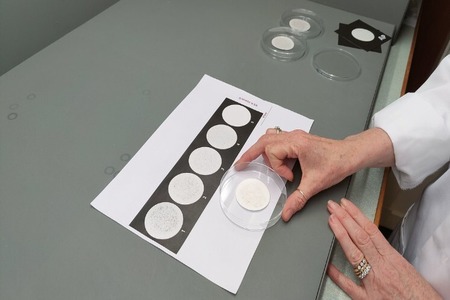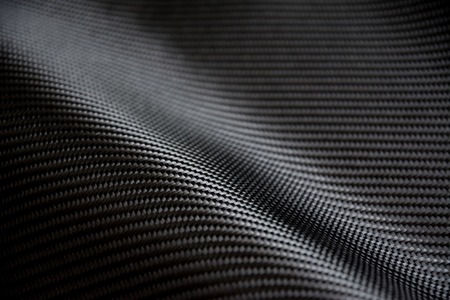
Eco-friendly method developed to spin coloured silk
YarnsandFibers News Bureau 2014-01-06 00:00:00 – WashingtonEco-friendly method to help silkworms spin naturally fluorescent, coloured silk have been successfully developed by Indian researchers by feeding them dyed mulberry leaves.
For some 5,000 years, cultivated silkworms have been spinning white silk fibres destined for use in the finest clothing. Current dyeing practices produce wastewater that contains potentially harmful toxins, so scientists are turning to a "greener" dyeing method in which they coax coloured fibres from the caterpillars by feeding them dyed leaves.
A team from the National Chemical Laboratory in Pune points out that dyeing textile fabrics is one of today's most polluting industries. Researchers have been developing less toxic methods, including feeding dyed leaves to silkworms.
This method has only been tested with one type of dye, which is too pricey for large-scale production. The team turned to azo dyes, which are inexpensive and account for more than half of the textile dyes used today. They dipped or sprayed mulberry leaves with the dyes. Of the seven tested, three were incorporated into the silk, and none affected the worms' growth.
Scientists said that these insights are extremely important in development of novel dye molecules that can be successfully used in this green method of producing coloured silk fabrics.
The process requires huge quantities of water for bleaching, washing and rinsing, and it results in a stream of harmful wastewater that needs to be treated effectively before release into the environment, researchers wrote in the study published in the American Chemical Society (ACS)'s journal Sustainable Chemistry & Engineering.
To make the industry greener and more environmentally friendly, researchers have been developing less toxic methods, including feeding dyed leaves to silkworms so they spin coloured - rather than white - cocoons.
Market Intelligence
Ask for free sample Report

experience
Customer Base
dedicated team
Countries Served Worldwide









